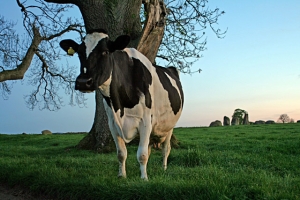Dairy Management
What is a Monthly Cashflow Budget for a Dairy Farm

Why Do a Monthly Cashflow Budget?
- It will help you plan your income and expenses on a monthly basis, and plan ahead to manage financial deficits or surpluses. How much overdraft will be required? When will a surplus arise and how will we best use that?
- It provides the basis to monitor your annual budget monthly as the season progresses. Each month compare actual figures with budgeted figures, then review your budget. Is the budget on track? How realistic was the budget? Do we need to curb our spending? Have we some surplus available? What actions do we need to take?
When Should a Monthly Cashflow Budget be Done?
- A monthly cashflow budget should be prepared in conjunction with the annual cash budget.
- A monthly cashflow budget should be monitored and updated throughout the year. How to do a monthly cashflow budget
- A number of computerized packages are available. Talk to experienced farmers or a Rural Professional about which package may best suit your needs.
- A monthly cashflow budget template is available on www.dairynz.co.nz along with a Budgeting Guide providing more detail on how to complete a budget.
- To get started use the figures from your annual cash budget.
- Enter all income items and all expense items into the months they are expected to be received or spent. If available use last year’s cashflow budget as a reference. Calculate GST when you have finished entering all items.
- Estimated cash surplus/deficit for month is “total income” less “total expenses”. For each month add this to the opening bank balance to give the closing balance.
- The closing balance row of the budget will indicate the seasonal finance or overdraft requirements of the business.
- Each month record your actual income and expenses on your budget and compare against your budgeted figures. Review your plans as necessary.
Conclusions
- Cashflow budgeting allows a farming system to be monitored financially over a set period.
- It allows you to look more realistically at your budget figures.
- It aids your decision-making on the farm, and planning with your bank
Source: informedfarmers.com
User Comments
Other article























